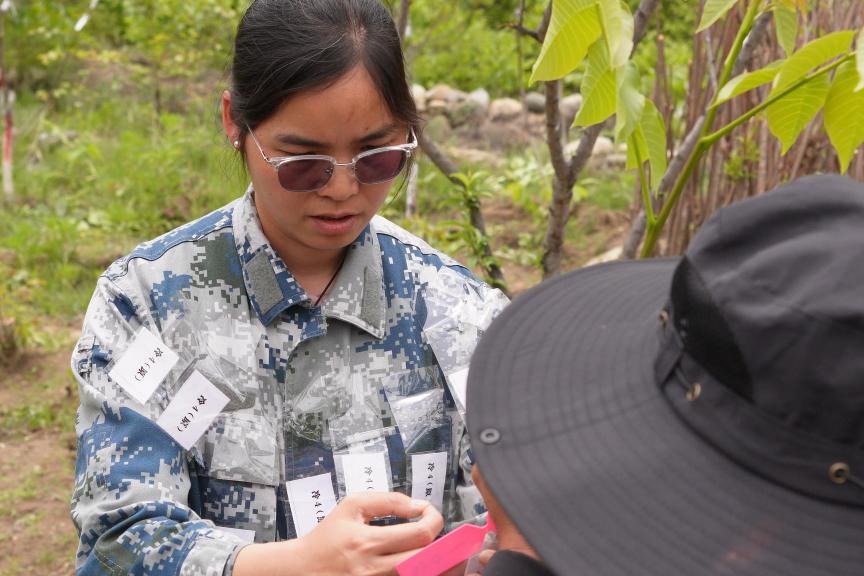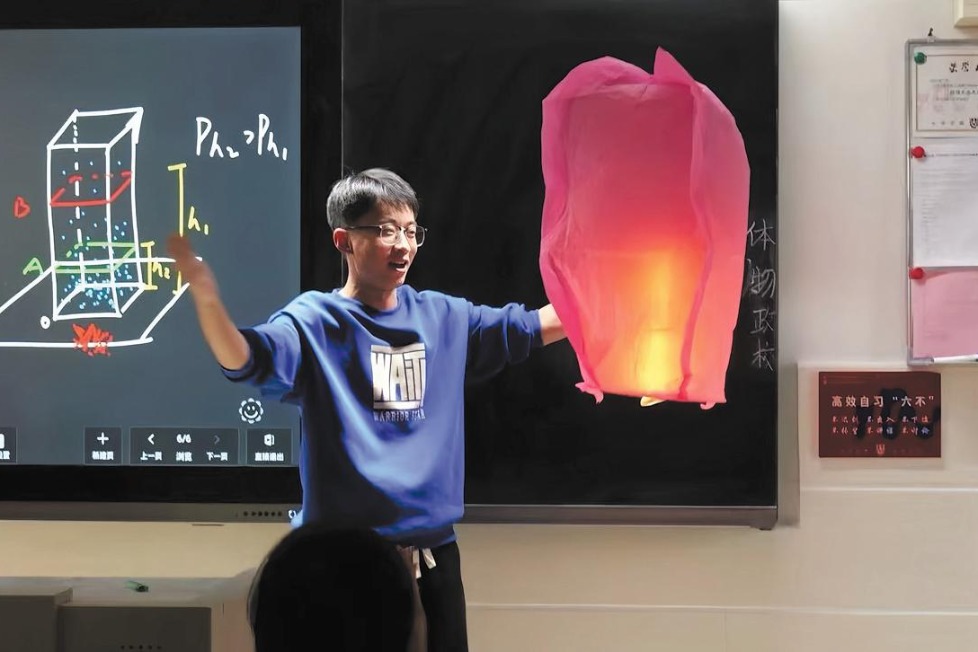China making big strides in brain-computer interface tech

China has achieved a series of milestone advancements in the field of brain-computer interface (BCI) technology this year, notably in the clinical translation of invasive techniques, bringing new hope to patients with neurological disorders.
"This technology is expected to be widely applied to severe motor or communication dysfunctions caused by conditions like ALS, paraplegia, and spinal cord injuries, helping patients regain some level of daily functionality," said Cao Shenghao, a doctoral student at the Institute of Automation at the Chinese Academy of Sciences.
For example, for patients who have undergone amputations but still retain normal brain function, BCIs can transmit brain-generated motion commands to external devices such as computer cursors or robotic arms.
For those with spinal cord injuries, the technology aims to establish "information bridges" above and below the nerve breakpoints to restore command transmission.
BCI technology pathways are diverse, comprising invasive, semi-invasive, and non-invasive types. "Among them, invasive BCIs, which involve implanting electrodes directly into the cerebral cortex, can capture higher resolution and more stable neural signals," Cao said.
"They hold significant potential in neurorehabilitation but also face surgical risks and ethical challenges, representing the highest technical difficulty and regulatory requirements," he said.
Obtaining high-quality signals requires deep brain access, but the surgery itself can cause damage, he explained.
"The goal of scientists in this field is to minimize such damage, and the most direct method is to reduce the size of the implantation window," Cao said.
Cao believes that BCIs not only serve clinical medical purposes but also have the potential to expand into everyday life applications in the future, such as sleep regulation, emotional monitoring, and attention enhancement.
"The current development stage of BCIs is still in its infancy, like a child just learning to walk, but it holds tremendous potential for breakthrough development in the future," he said.
Liu Zixuan contributed to this story.
- China making big strides in brain-computer interface tech
- SCO forum on people-to-people friendship, forum on friendship cities open in NE China
- Codebreakers of tomorrow
- Fur love's pake
- 329 rivers exceed warning levels as China enters main flood season
- Chairman of ruling party of Mauritania hails CPC's governance




































